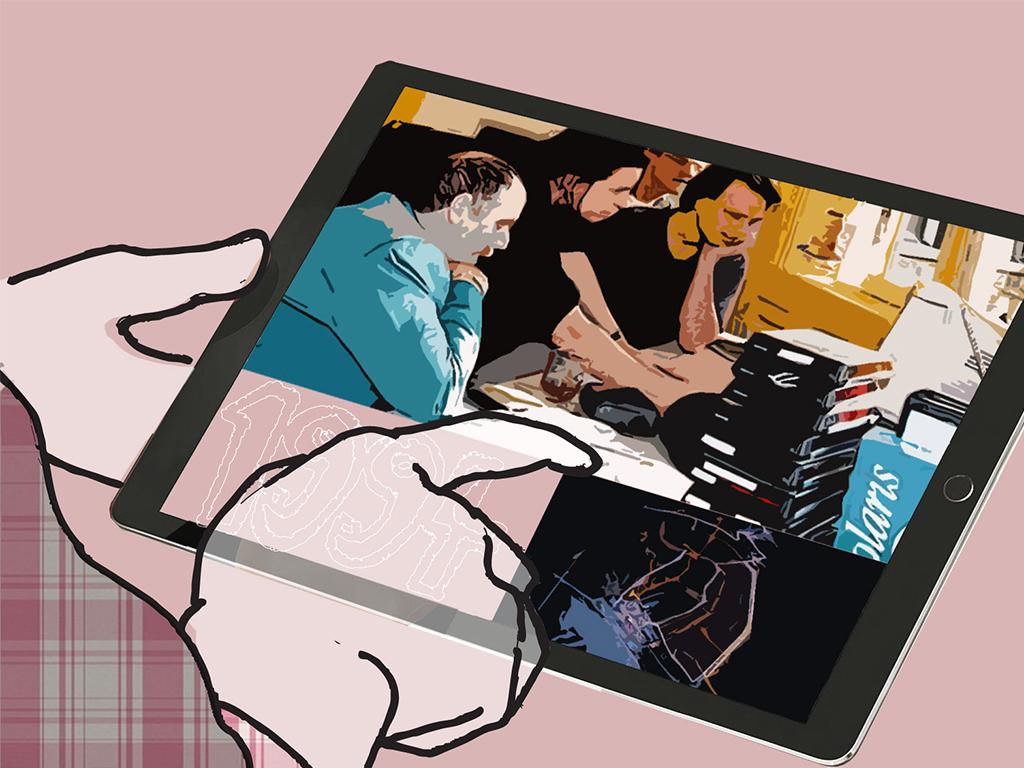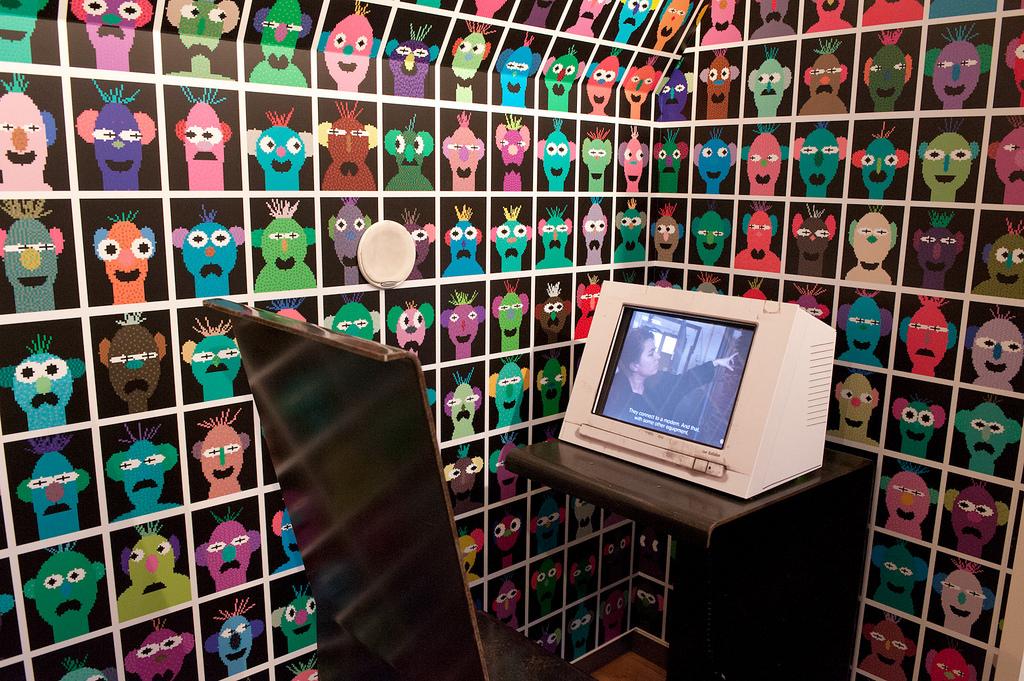Boys' rooms of the early nineties, with the rattling noise of the first modems and the smell of sneakers. The outcome of the third Hacking Heritage Lab left no doubt about it: if you want to exhibit the first online social platform in Amsterdam, the Digital City (1993), you need to communicate the vibe of those days. But isn't there a bigger story to tell?
After the data of the Digital City (DDS) are secured in an e-depot for the next generations, this content needs to be made accessible to a wider public. But how? Lizzy Komen of Beeld en Geluid (Institute for Sound and Vision) researches the possibilities for exhibitions with this material. Together with the Amsterdam Museum, target groups have been defined and some general sketches for possible exhibitions have been made. These can be divided in three main options:

- A mobile arrangement in public space.
- An interactive installation in a museum space.
- A web documentary.
During the Hacking Heritage Lab, participants were challenged to further brainstorm on the ideas brought forward, and to develop a concept for each of the three starting points. All ideas that came forward attempted to re-experience the early days.
Looking back on a niche in recent history notoriously becomes a trip down memory lane, instead of a contextualisation of relevant heritage. Many of the participants were personally involved in the Digital City. They want to take others on a journey through their personal experiences, and have a lot of interesting personal stories to tell.
However, there are many more ways to use data for an exhibition. You can create an experience that incorporates the stories, memories and context that gives new meaning to the data. New ways can be found in modern interpretations or reflection, like the 3D printed sculptures of Scott Kildall or Oantinken by Z25 (just two of the examples mentioned in the introduction of this afternoon).
Ward Janssen, former curator of MOTI (Museum Of The Image, now the municipal museum) in Breda and now lead digital culture at Cinekid, is someone who reflects more often on this topic, as his absorbing and rich presentation showed. He looks at the socio-cultural significance of a work, the dramaturgy of an exhibition, and the importance of a ‘pedestal’ for an artefact (a Nintendo in a showcase is not the same a Nintendo in a boys' room). Janssen looks at those artefacts as if they are works of art.
Let's combine the nostalgic stories from the early days with a re-interpretation or the modern kind of reflection Janssen can give. Inviting a curator, such as Janssen, with experience in exhibiting netart/cross-medial/trans-medial work will enrich the development of a future exhibition.
(Artwork by Dick van Dijk)

